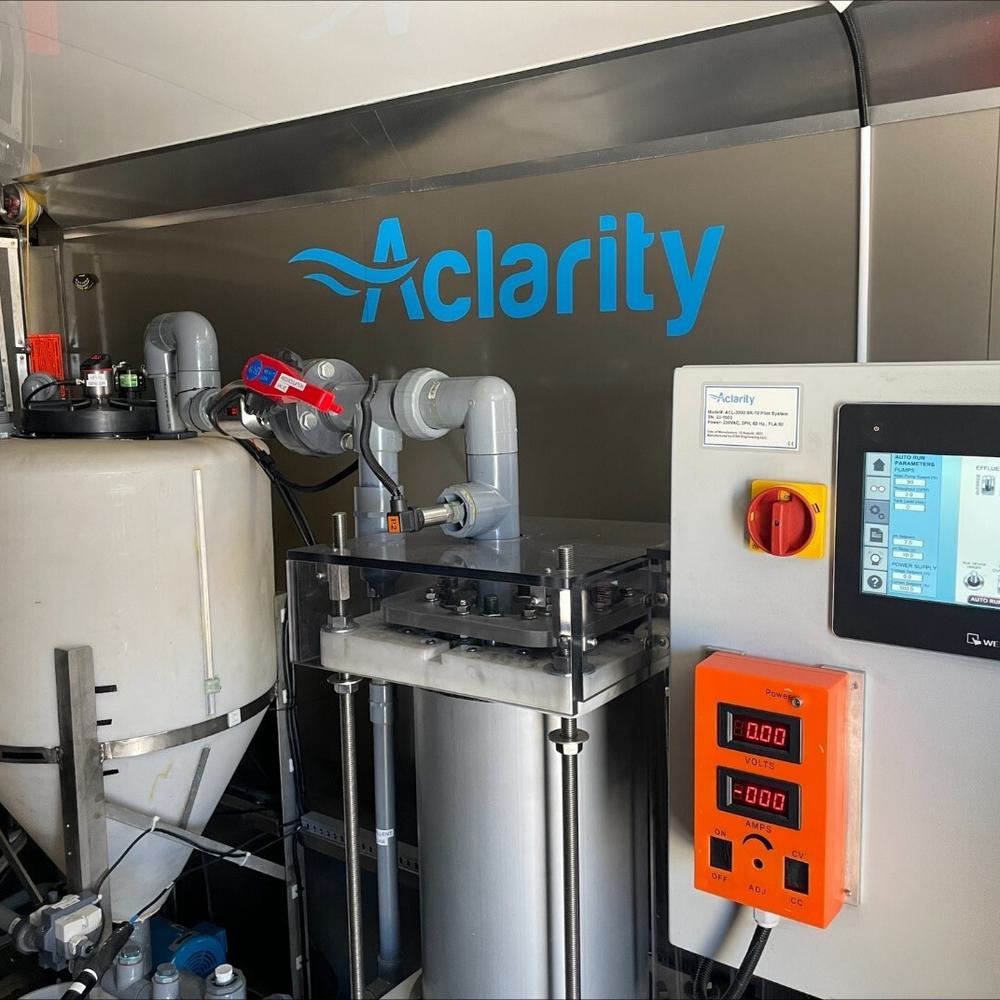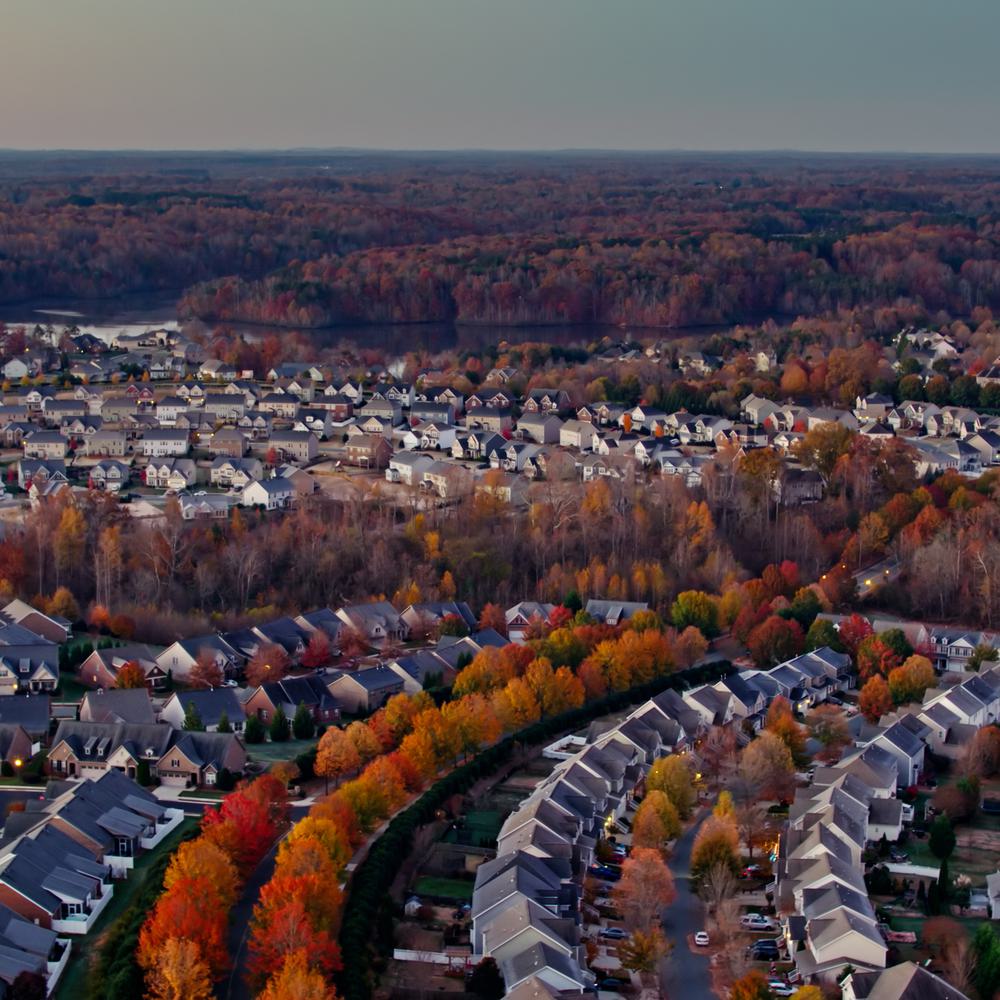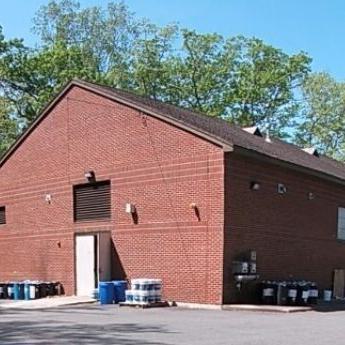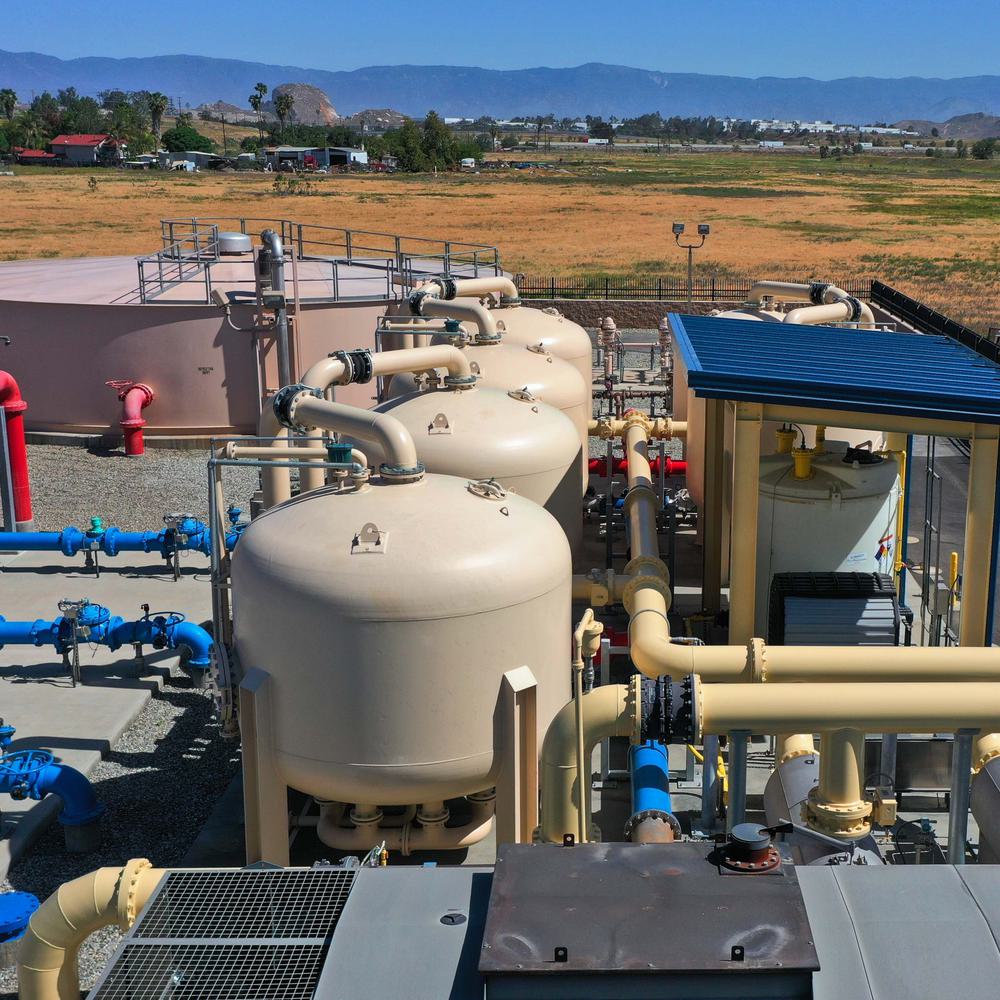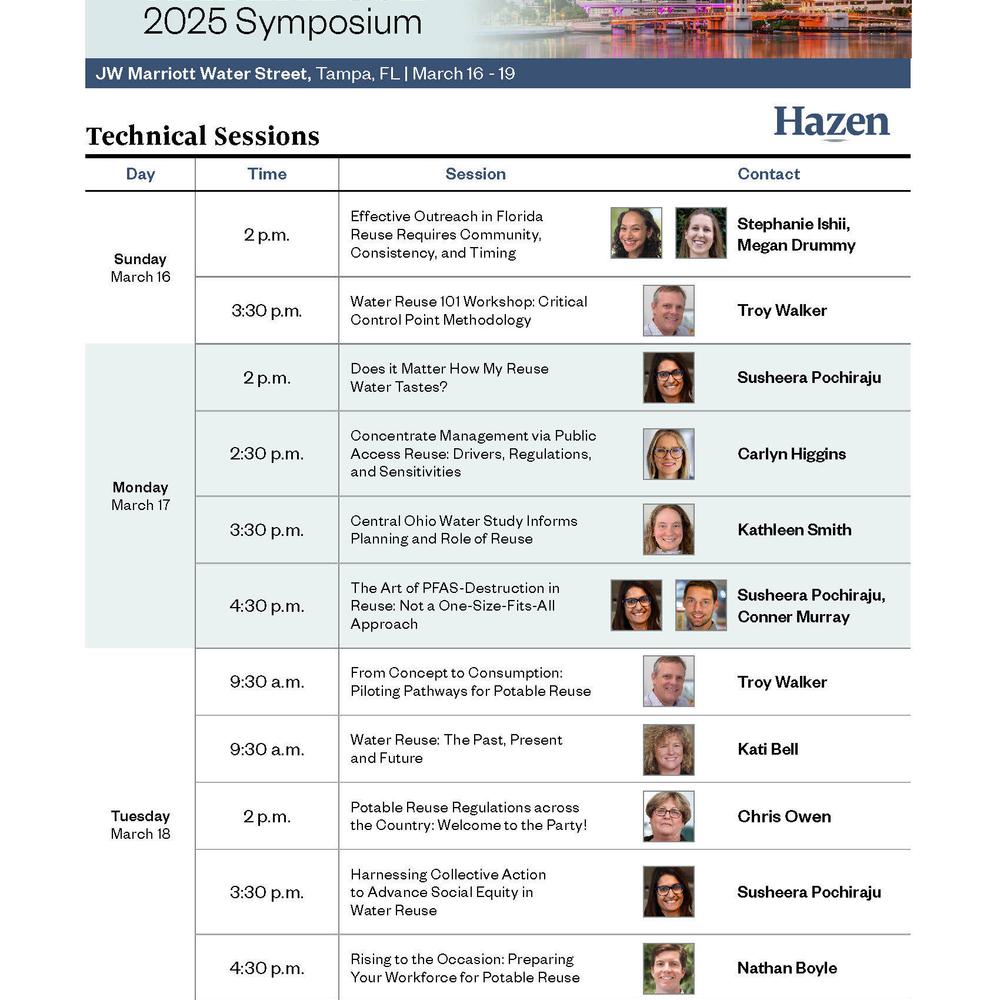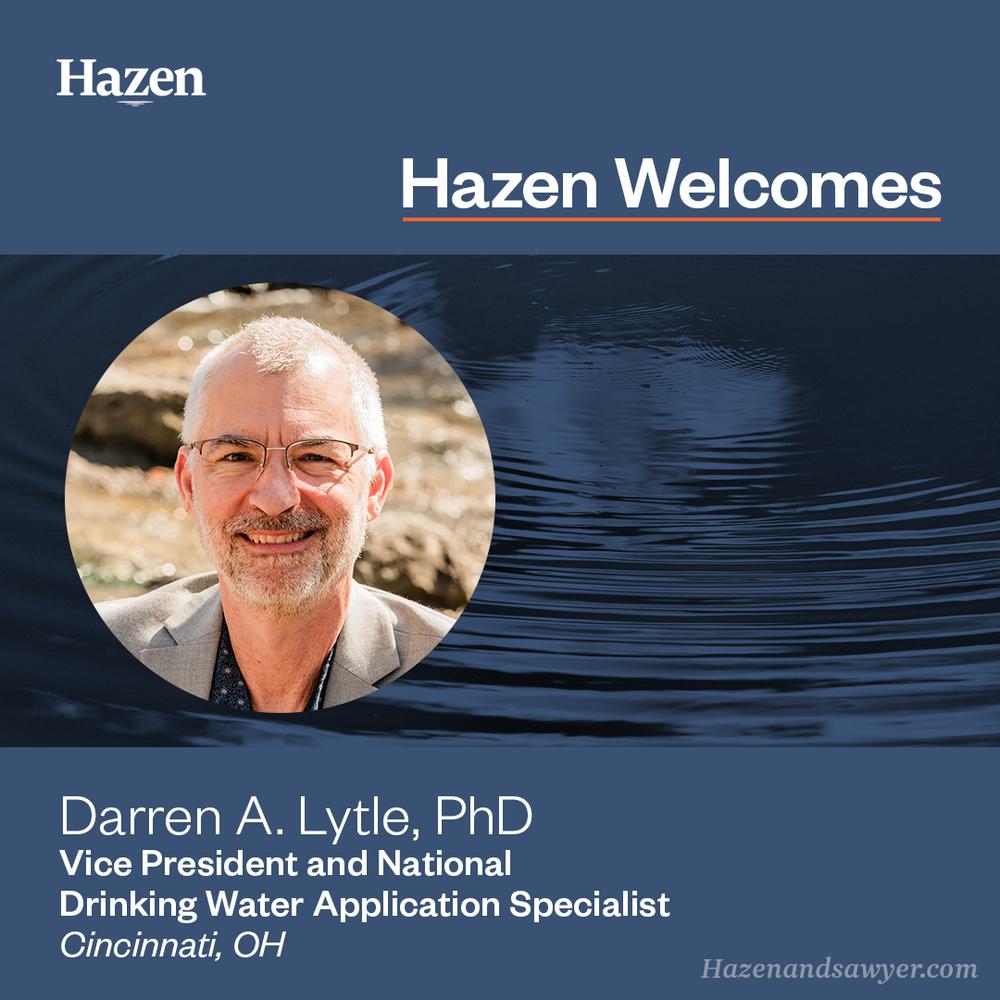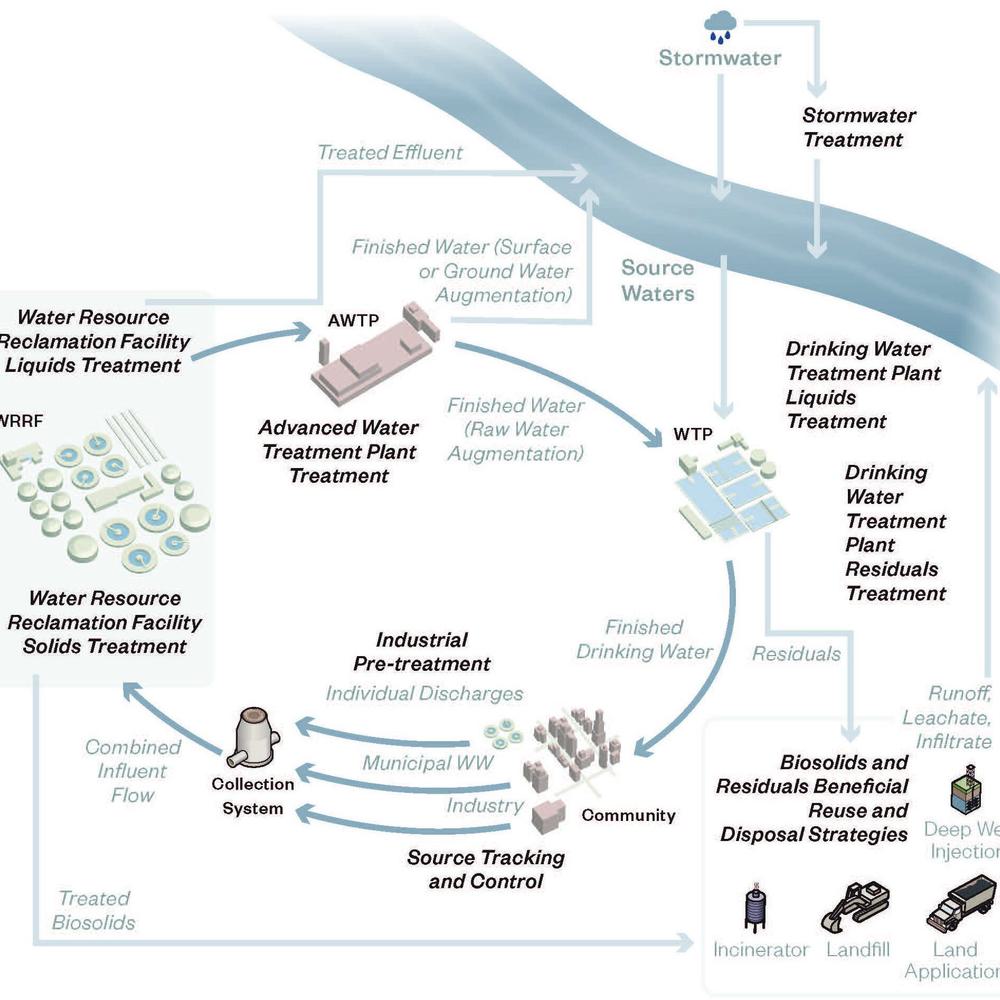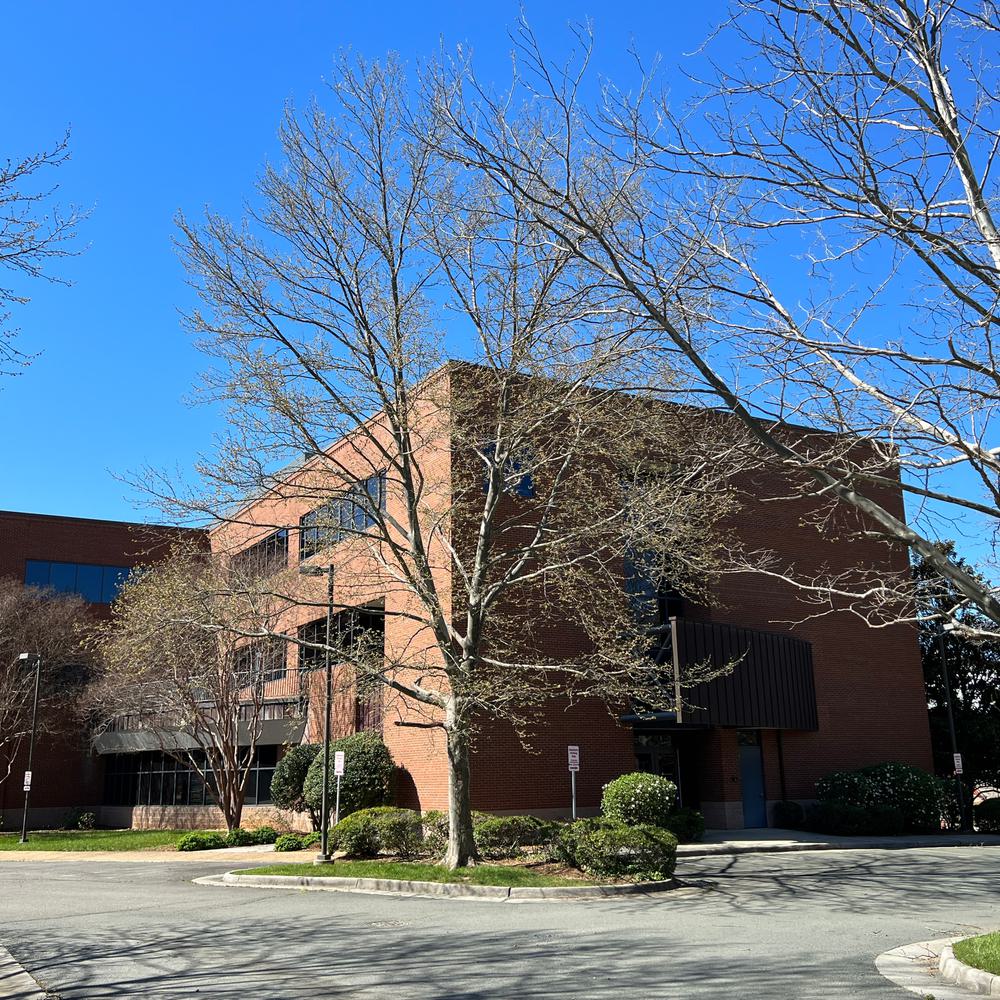A Progressive Design-Build Journey Toward a PFAS-Compliant Water Treatment Plant
Hazen is providing expert guidance through an optimized process of building a new membrane plant that will comply with current and future drinking water regulations, including removing PFAS from the raw water supply.
At a Glance:
- The City of Delray Beach, Florida needed to upgrade aging infrastructure to meet proposed PFAS regulations.
- Hazen validated recommended treatment options and evaluated project delivery methods before recommending a progressive design-build approach for the construction of a new membrane water treatment plant (WTP) that will achieve the City's long-term goals while realizing both time and cost savings.
- The new membrane WTP will deliver safe and reliable drinking water that meets forthcoming federal PFAS regulations and positions the City as a leader in stewarding the growth of intricate water treatment systems.
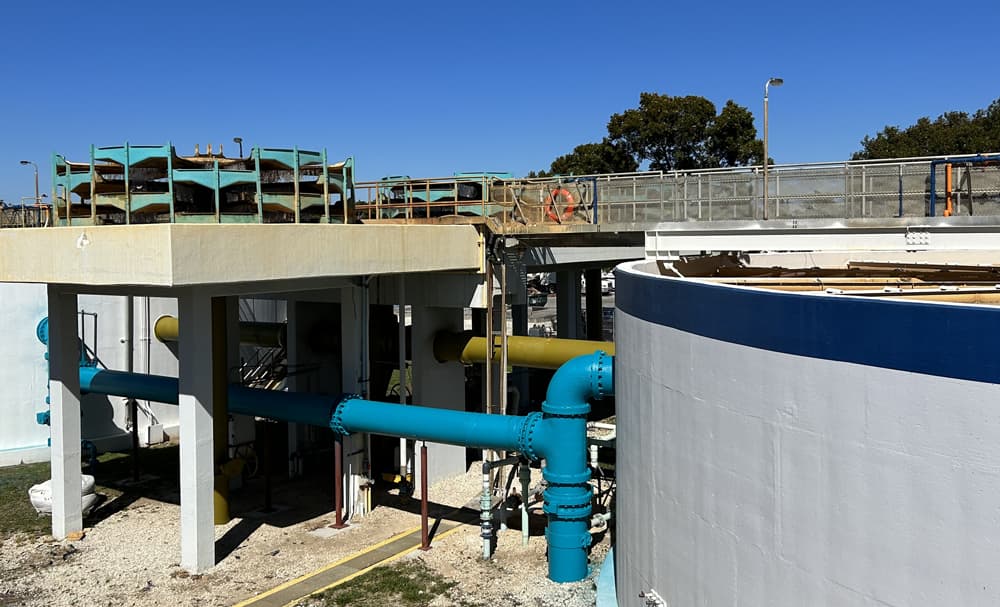
City of Delray Beach existing lime softening water treatment plant.
Background
In April of 2024, the U.S. Environmental Protection Agency (USEPA) released the final National Primary Drinking Water Regulation (NPDWR) for per- and poly-fluoroalkyl substances (PFAS). This has created an opportunity for municipalities across the country to evaluate aging infrastructure and upgrade facilities to meet current and future drinking water treatment needs. With the reality of new treatment requirements, the City of Delray Beach, Florida, initiated an accelerated plan to design and construct an innovative 14 million gallon per day (mgd) water treatment plant that will provide safe drinking water to its 73,000 customers while also meeting the forthcoming PFAS regulations.
Situated along Florida’s Southeastern coast, Delray Beach sits atop a shallow geological formation made up of layers of sand and shells. With each subtropical rainstorm, water soaks into the ground and dissolves naturally occurring minerals as it trickles through the sediment particles into the east coast surficial aquifer system and the Floridian aquifer system. The water is pumped up from the aquifers through 31 wells scattered across the city before flowing to the City's only water treatment plant. It then goes through conventional lime softening before being disinfected and pumped through the distribution system as finished drinking water to its customers.
The project will also account for future expansion provisions, allowing for the addition of membrane trains to reach 100% membrane treatment with a final capacity of 22-mgd finished water.
The Benefits of a Progressive Design-Build Approach
Building a large-scale membrane WTP can be costly and have an extensive construction duration. Hazen was competitively selected as the City's trusted owner’s representative and quickly took the lead on validating a recommended membrane WTP and evaluating four proposed project delivery methods. With guidance from the Hazen team, City officials selected a progressive design-build approach for the delivery of the new WTP. This approach involves choosing a team that handles both the design and construction of a project. Once the design is approximately 60% complete, the Design-Build team can establish the Guaranteed Maximum Price (GMP), or the highest price the project could cost to complete. This helps the City plan and make design changes as needed. The project will also account for future expansion provisions, allowing for the addition of membrane trains to reach 100% membrane treatment with a final capacity of 22-mgd finished water.
The progressive design-build approach addresses the challenges of building a new membrane facility efficiently and within budget constraints. According to Monica Pazahanick, Hazen Senior Associate, having “one entity that is responsible for the delivery of the project from pre-design to construction [allows] overlap of activities. It allows for the project schedule to be shorter. The estimated time savings was approximately 10 months.” The condensed project timeline is a direct result of efficient decision-making and enhanced creativity and innovation that comes from the collaborative nature of the process. This time savings will be critical to meeting the City's 2027 deadline for completion and compliance with PFAS regulations.
The condensed project timeline is a direct result of efficient decision-making and enhanced creativity and innovation that comes from the collaborative nature of the process. This time savings will be critical to meeting Delray's 2027 deadline for completion and compliance with PFAS regulations.
Opportunities and Growth
Delray Beach's existing wellfield system was first developed to support a lime softening facility built in 1972 and expanded in 1992. The raw water currently being pumped from the wells contains entrained, or trapped, air. One of the challenges in designing the new facility will be eliminating the entrained air. “The air will cause oxidation and have impacts on the membrane performance. Certain elements, when oxidized, can come out of solution and there are types of oxidizing bacteria that can develop,” explained Pazahanick. Solving the problem of the entrained air is necessary to ensure the membranes can operate effectively.
Initially, it is likely that the City will need to blend the new membrane treated effluent with lime-softened effluent to meet drinking water demands. This interim approach introduces additional considerations, such as corrosion control strategies under different blending scenarios, potential challenges in meeting PFAS regulations, and needs for additional treatment.
While blending offers a temporary solution, the City will ultimately transition to 100% membrane treatment to bring PFAS levels below the required four parts per trillion. The City will be piloting two different membranes to demonstrate that the PFAS contaminants proposed for regulation can be consistently removed by the selected technology (nanofiltration or low-pressure reverse osmosis) to levels below the proposed regulatory criteria. In addition, pilot testing will allow pretreatment and post-treatment strategies to be optimized.
The City of Delray Beach's journey towards a new membrane water treatment plant is a testament to strategic planning and innovative problem-solving.
A Model for the Future of Water Treatment
The City of Delray Beach's journey towards a new membrane water treatment plant is a testament to strategic planning and innovative problem-solving. By working closely with Hazen and adopting a progressive design-build approach, the City is poised to meet new federal PFAS regulations and ensure a sustainable water supply for its growing community. Delray Beach stands as a model for municipalities navigating complex water treatment projects in the face of evolving regulatory landscapes.

